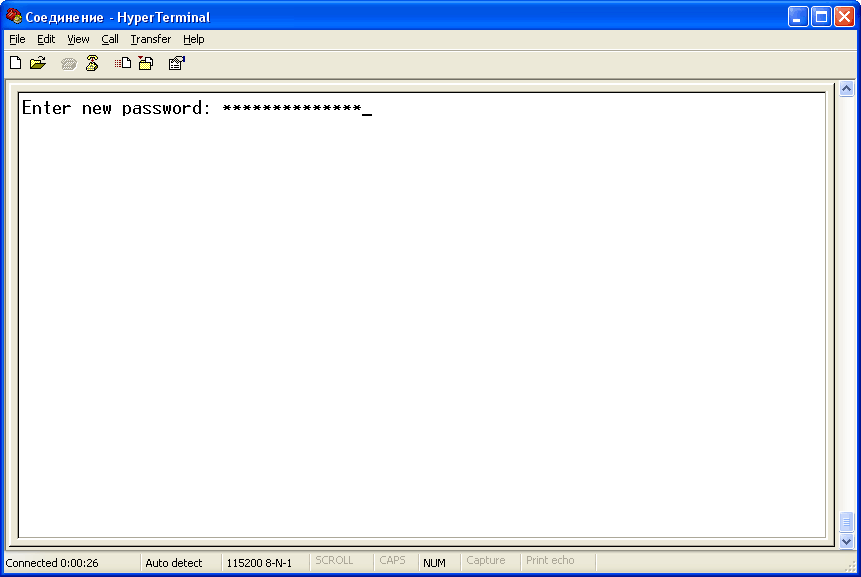Basic Stamp 2 Serial Communication Rs232
- 10 Comments!

Termite: a simple RS2. Termite is an easy to use and easy to configure RS2. It uses an. interface similar to that of . You may however not remove. There are no guarantees or warranties whatsoever; use. This setup. is provided to conveniently and quickly install Termite.
Just unzip and run; Termite writes. No installation. of this font is needed; just unzip the font into the same directory as where. Termite resides. For those who want to. ZIP. file also contains may serve as a starting point. This ZIP file contains a compiled filter as. The patterns are regular expressions.
It uses. the SLRE library. The source code for the. SLRE library is. not included in the above ZIP file, and must be downloaded. The ZIP file contains a compiled filter as. Microsoft Visual Studio. The ZIP file contains. A series. of such match/reply rows can be used to handle a simple handshake protocol.
The source code for the. SLRE library is. not included in the above ZIP file, and must be downloaded. Some products update a counter or a progress. It now also checks whether the window would fit on.
Far circuits.
- Combine la tecnología de radiofrecuencia con módulos PICmicro e incorpore el control a distancia en sus proyectos de electrónica y robótica.
- This is a non-exhaustive list of Arduino boards and compatible systems. It lists boards in these categories: Released under the official Arduino name.
Termite might move itself off screen. A filter may now optionally request to sit in between the. It has no provisions for. Install Windows Updates Task Sequence Sccm.
Above it is a set of buttons in a . It shows. the current configuration at the left in the button bar. If these are not correct. Settings to choose a different port or.
The Settings dialog also allows you to enable/disable. To distinguish the received data from the echoed data. You can close an RS2. Another. click on that line re- opens the connection with the current settings. This history is in a circular queue with the most recent command.
If you. type in a few characters in the . Pressing the arrow up and arrow down keys then browse. For example, if you have. If you clear the edit line and then use the arrow.
Termite will loop through the entire history of . In case you want to look back at text that has. Termite. will stop to scroll to the end every time it receives new data. Likewise, the . This way, Termite remembers its settings between.
A typical INI file is below. This means. that to get an appropriate INI file, you can launch Termite, adjust the settings. These are the keywords Caption. Tx. Colour and Rx. Colour in the . The Caption item allows you to change the title.
Termite window. Add the item Caption (below topic. The items Tx. Colour and Rx. Colour. allow you to change the colours for transmitted and received text (from the default. The syntax for the colours must be #rrggbb. So for example, #FF0. If it. can open (or create) .
This new directory is called. The first time Termite uses the sub- folder below the current user's Local Settings. This allows one to store pre- configured INI file on a CD- ROM disk. One. setting that the developer cannot foresee, however, is what COM port the. For this reason, Termite contains a . Since Microsoft Windows has drivers pre- installed for USB devices simulating.
To use the port lookup function. COM port at the . You can find the device names in the registry below the path. To activate this protocol, set. Port scanning. chooses the first port for which the two following conditions hold. DTR line, the remote device pulls. DSR up. They do not check what device or program.
The only thing that you know after a port scan is that. This is bad practice, because with such cables you cannot even.
Yet, such cables still exist, and the port. The key issue is that the RS2.
Baud rate that you select. All RS2. 32 hardware and all USB- to- RS2. Baud rates, but only few support non- standard Baud. We have tested non- standard Baud rates successfully with USB- to- RS2. FT2. 32. R chips from FTDI.
The PC or laptop that Termite runs on must have two RS2. Instead of connecting both systems together, you connect both with the.
PC that runs Termite. Then, you have to choose one port as the primary port and. All data received on the forward port is transmitted. If you type in text on the edit line and. If one of these systems is also a computer (running Microsoft. Windows), the set- up may be simplified by running Termite on that system. The. dual RS2. 32 port needed for Termite may be replaced by a virtual COM port pair.
Any data. presented to one port of this pair is retransmitted at the other port —the same. Termite. If you connect an application to one. Termite to the other port, the application now talks to. Termite. When Termite is then configured to forward transmitted/received data. Termite intercepts all data.
In combination with. Termite's queue, this allows you to filter. You can enable and disable a filter in the. Settings dialog of Termite (see above).
Installing a filter is therefore. Termite launches. To access the. configuration dialog of a filter that is already enabled, double- click on the. The filename extension must be . In the Settings dialog, Termite uses the filename minus the .
See the short document. Writing plug- in filters for Termite. To get you started, the sample filters . The process is simple, and requires only a simple text editor.
We do that in- house, but devices regularly. The last two items were.